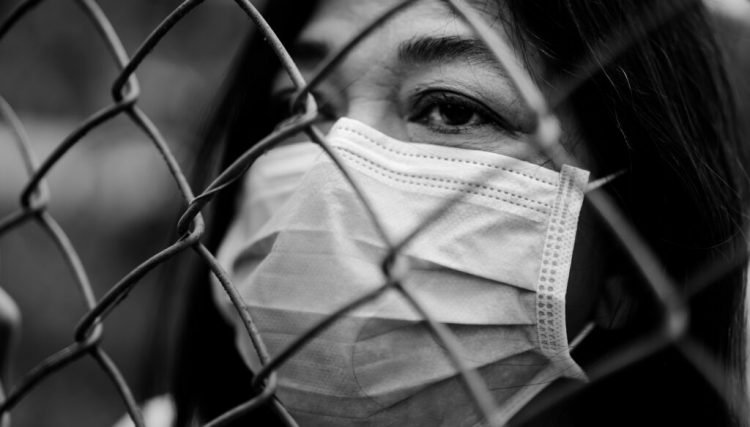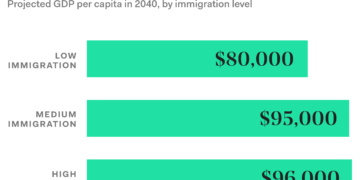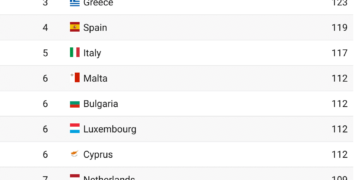[ad_1]
In a break up determination, the Ninth Circuit Courtroom of Appeals on October 20 lifted a decrease courtroom’s protections for medically weak individuals locked up in U.S. Immigration and Customs Enforcement (ICE) detention facilities throughout the COVID-19 pandemic. The protections included requiring that ICE adhere to public well being and security protocols to scale back the chance of an infection in detention facilities, and issues for launch from ICE custody for individuals at greater danger for extreme sickness.
The case, Fraihat v. ICE, was filed in opposition to ICE within the Spring of 2020 in response to accusations of the company’s “deliberate indifference” to individuals in its custody with medical wants or well being dangers associated to COVID-19.
Throughout the early months of the pandemic when few protections from COVID existed, a federal courtroom in California ordered that ICE develop:
- Protocols for safeguarding all individuals in ICE custody from the pandemic, per Facilities for Illness Management and Prevention (CDC) pointers.
- A course of for reviewing custody of everybody in ICE detention and contemplating their launch. For people with a COVID-19 danger issue, the courtroom injunction required ICE to weigh that closely in favor of launch.
In response to ICE’s information, since February 2020, over 29,000 individuals have examined optimistic whereas in ICE detention. The company has additionally reported 9 deaths from COVID-19 whereas in ICE custody, although this information is contested by different organizations who take into account this to probably be an undercount.
From February via early April 2020, ICE issued a number of units of memos and steerage to deal with the unfold of COVID-19 in detention facilities. This included a “Docket Overview” course of, which instructed ICE subject workplaces to evaluate the circumstances of detained individuals for launch whereas the Fraihat litigation was ongoing.
Nonetheless, by April 20 there have been over 30,000 individuals in ICE custody and lots of medically weak individuals remained locked up regardless of being at extreme danger of an infection. Because of this, the District Courtroom of the Central District of California decided that it was essential to order ICE to enhance its COVID-19 security practices. That injunction remained in place till Wednesday, when the panel of judges on the Ninth Circuit Courtroom of Appeals struck down the protections.
Whereas the Fraihat injunction is now not in impact, a lot of the courtroom language that advocates have relied on to request their purchasers’ launch from detention has since been integrated into obligatory steerage that native ICE subject workplaces are required to comply with. The company’s COVID-19 Pandemic Response Necessities have been up to date most just lately on October 19, 2021 and stay in impact.
As a result of this steerage incorporates crucial features of the Fraihat injunction—together with steerage that medical danger components ought to weigh closely in favor of launch and requiring that detention facilities create cleansing and social distancing protocols—it’s unclear what impact the Ninth Circuit’s determination can have on individuals in detention.
Considerably, whereas the federal government’s attraction of the 2020 Fraihat injunction was filed underneath the earlier administration, the Biden administration had the chance to withdraw the attraction and permit the injunction to face. Nonetheless, they didn’t. As an alternative, they actively pursued it, submitting a letter with the courtroom in February 2021 stating the Biden administration’s perception {that a} nation-wide injunction defending all individuals in ICE detention was overly broad.
The Fraihat litigation is a vital ingredient within the ongoing efforts to offer safety for individuals in ICE custody, and emphasizing the hazard that extended detention presents throughout a pandemic. The choice from the Ninth Circuit is a blow to these efforts. It stays to be seen what the Biden administration does subsequent.
[ad_2]
Source link
































